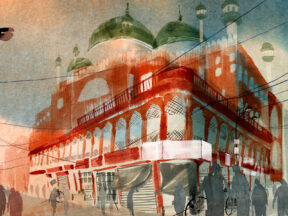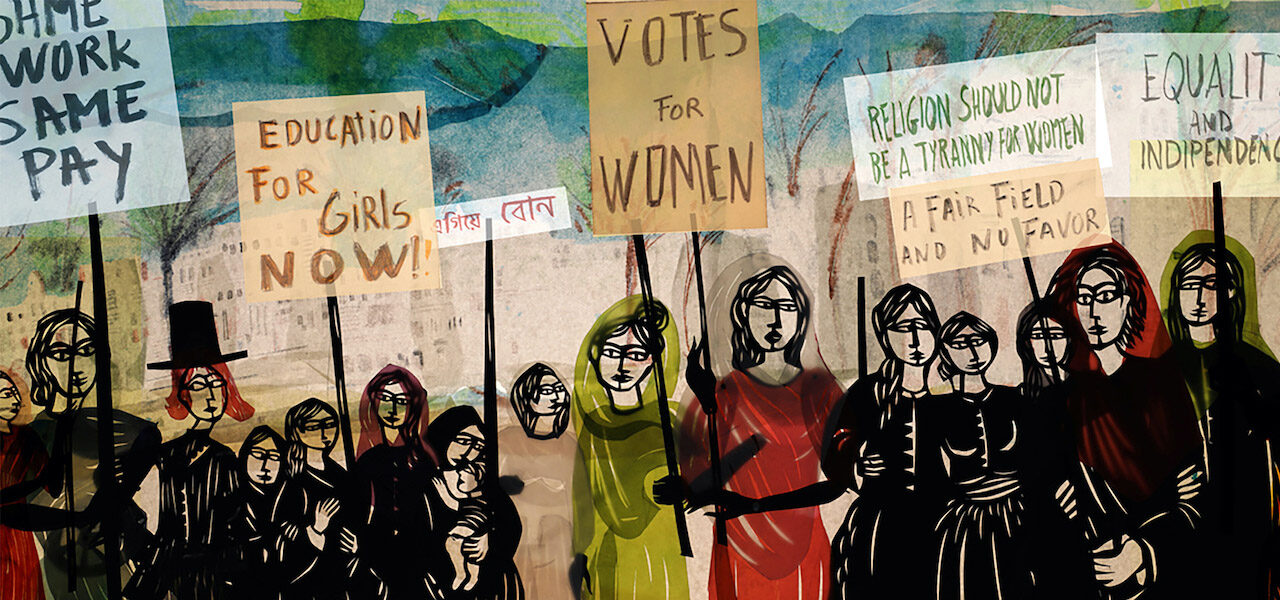
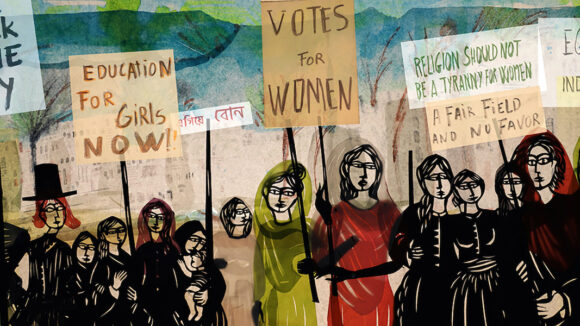
Hometown Director Isabel Herguera On Premiering Her Film ‘Sultana’s Dream’ In Competition At San Sebastián
The San Sebastián International Film Festival begins today, where hometown filmmaker Isabel Herguera’s debut feature Sultana’s Dream will world premiere.
Herguera is best known for her 2005 short La gallina ciega, which screened in competition at Annecy and was nominated for a Spanish Academy Goya Award.
Based on the director’s own life experiences, although highly fictionalized, Sultana’s Dream tells the story of Spanish artist Inés, who is inspired by a feminist sci-fi short story written in Bengal in 1905 and sets out on a voyage of discovery around India in search of Ladyland, the Utopian land of women.
To mark the film’s arrival in San Sebastián, we asked director Isabel Herguera, a San Sebastián native, to explain how she ended up making a film about a century-old Indian story, the steps it took to get the project off the ground and what it means to have her film screening at a festival she attended each year as a child. Here’s what she had to say:

Isabel Herguera: I grew up in Donostia (San Sebastián), where the film festival took place around the same time we went back to school after summer vacation. To watch movies and wait for the actors to walk on the red carpet was a collective ritual not to be missed, the last bit of fun before the fall. The darkness of the theater and the unveiling of stories on the giant screen made me dream without limits. Cinema seemed to reveal itself as if it came from another planet. I never cared about who wrote or directed those stories. I only cared about the emotions triggered by those images that seemed to emerge from the screen. When I think back on that time, I realize that almost all the films were directed by men. Men told stories, and women listened.
As an adult, I got hooked on animation but never thought I would one day premiere a film at the Zinemaldia. Now that one of my films is in the festival, I feel I should come to terms with destiny.
Sultana’s Dream, the project, started in 2012 in New Delhi when I got caught in a rainstorm and took refuge in an art gallery. The exhibition was of Gond artists, folk art from the tribal community of central India. I was drawn to the red cover of a book that showed an illustration of a woman piloting a spaceship. I walked over and read Sultana’s Dream, a Feminist Utopia, written by Begum Rokeya Hossain in 1905. “What is this?” I thought. On the back cover, I read that it was a story about a world with the male and female roles reversed. It was love at first sight. I decided then that I had to make a film about this book.
With Gianmarco Serra, my partner in adventure and life, we organized a series of workshops with different groups of women in India, the theme of which would be the book itself. We wanted to see if there was still relevance to the dream proposed by Rokeya more than a century ago.
We collected the materials (drawings, recordings, animation, visual experiments, interviews), and during those first few months, we wrote a script that contained the three narratives that run throughout the film: my personal experiences, the life of Rokeya Hossain, and Ladyland, the utopia from the original story. The visual script was done simultaneously with the writing because we find that images are capable of telling stories.
Around that time, we found our partners for this adventure: Chelo Loureiro, Mariano Baratech, and Iván Miñambres, who were willing to undertake this journey with us.
To recreate the three stories, we decided to use three different techniques. Inés’ journey in 2d watercolor is inspired by the drawings from my travel notebooks. Upamanyu Bhattacharyya, a young and promising artist from India, drew the animatic, and Glow, our associate producers from Extremadura, animated and painted the characters.
We used cut-out techniques to recreate Begum Rokeya Hossain’s Life, to recreate the atmospheres of shadow theater, a form of entertainment very popular throughout India before the invention of cinema. The puppets were animated under the camera by Maria Manero Muro, a great animator and artist.
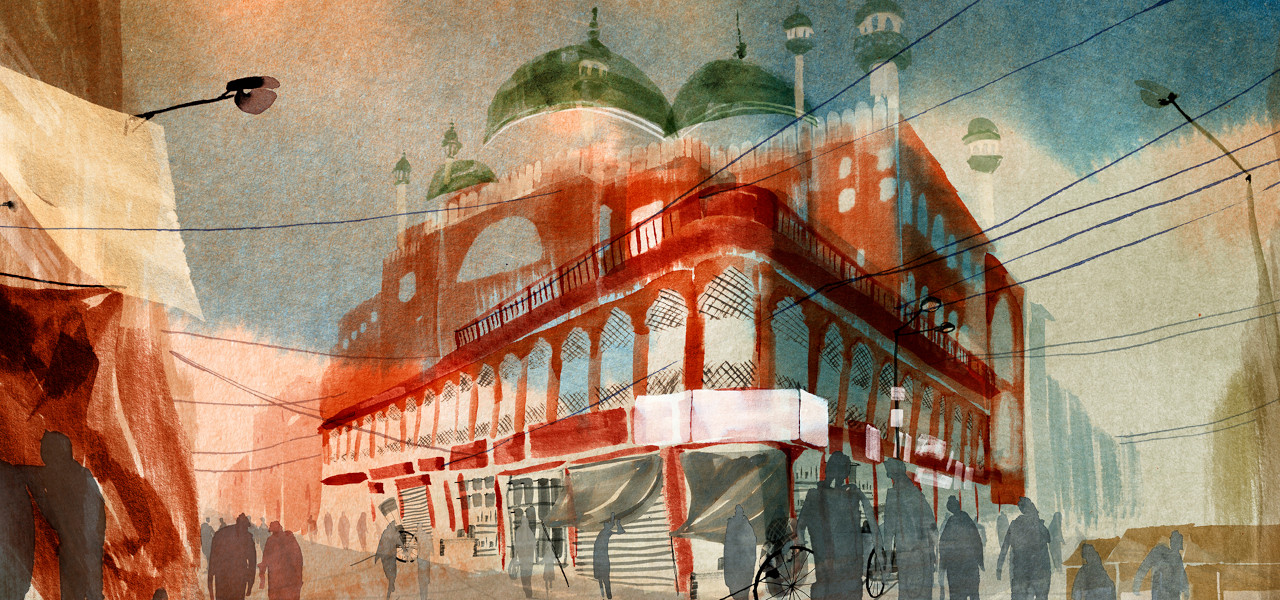
For Ladyland, we chose the Mehndi (temporary tattoo) aesthetic and devised a way to animate it. We hosted several workshops in India with different artists who designed the characters and elements that compose the final images. This part of the animation was done in Mumbai at Blackbird Studio, an associate producer of the film.
With Angel Peris, a great artist who trained in China, I painted all the film’s backgrounds by hand. Gianmarco Serra composed the music, edited the film, and designed the sound with Simon Bastian from Hamburg. Eduardo Elosegi, my friend and longtime collaborator, was the director of photography. Moushumi Bhowmik, singer and poet from Bengal, wrote the lyrics of Rokeya’s Life song, and Tajdar Junaid composed the song in the traditional Baul style.
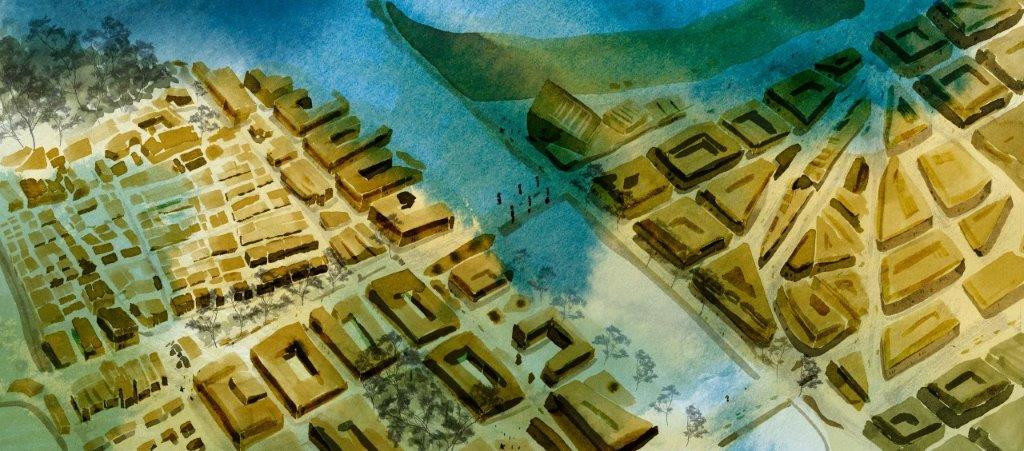
Over the years, we have traveled back to India several times to connect with the people and places that were the driving force of our story. Also, in 2014, I attended a lecture by Paul B. Preciado about utopias that gave me clues to deepen into the story of Rokeya Hossain’s Ladyland.
I met Mary Beard at the Musei Capitolini in Rome a few months later. I had read her books, seen her documentaries, and had just read Women and Power: A Manifesto. I approached her to thank her for her words and asked her permission to use her speech.
Roberto Bessi, our associate producer from Italy, is a friend of Gianmarco’s and was among the first to believe in the film. He is an unwavering dreamer, and we decided that he would also have a role in the film: he would be the protagonist’s father. In 2019, Fabian&Fred, the young and bold producers from Hamburg, joined the project. Finally, in February 2020, we started the production with the help of the youngest producer on our team, Diego Herguera Acosta, my nephew.
Godard used to say that cinema makes you raise your head and television makes you lower it. Watching movies on the big screen is still a collective and vital ceremony. As a child, I used to go to the cinema with my family and friends. It will be exciting to be at the Kursaal again, all together, and let ourselves get carried away by the dream of the Sultana.
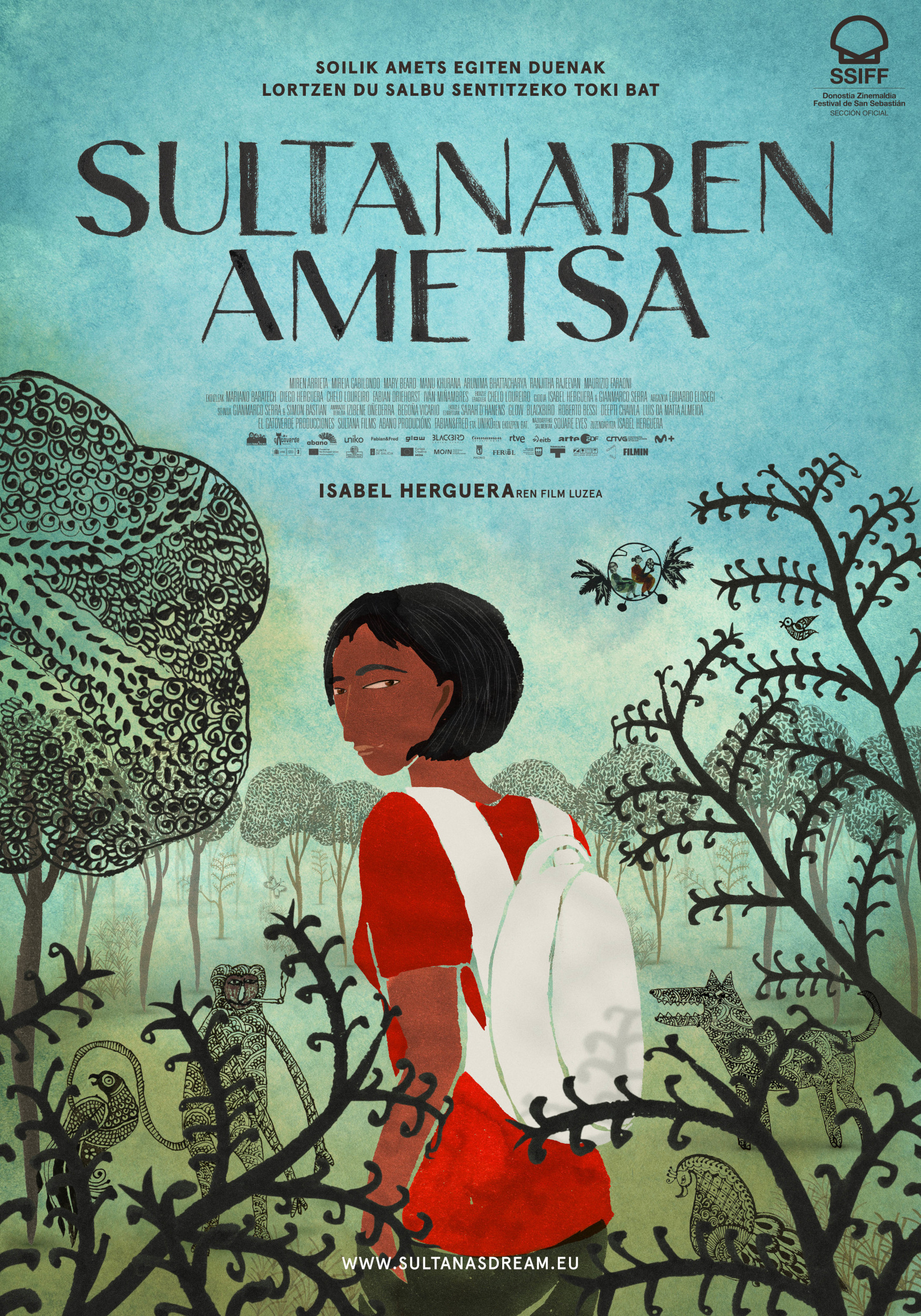

.png)
